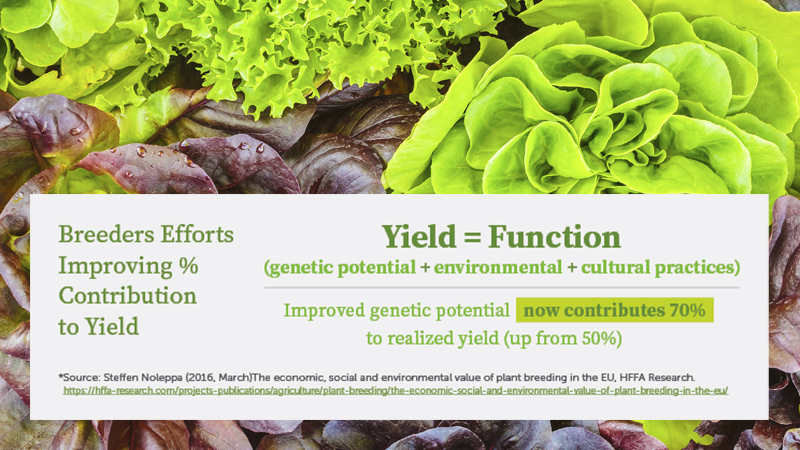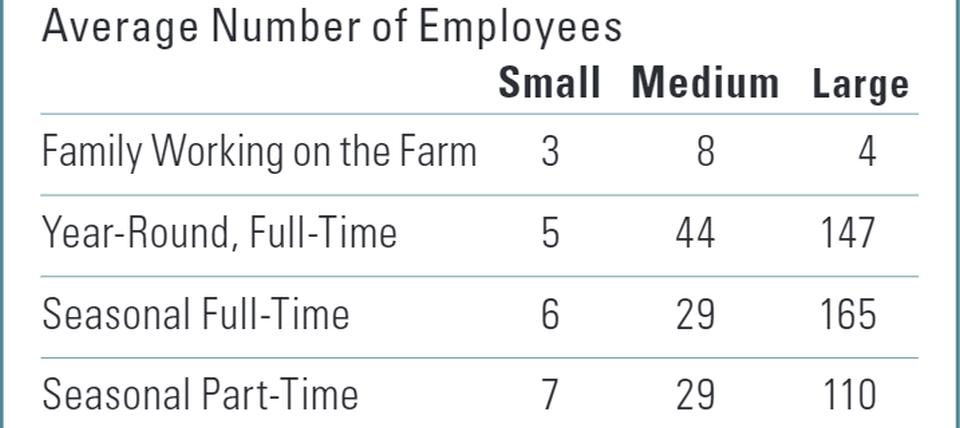State of the Vegetable Industry Survey: Labor Issues Flummox Growers

Like many vegetable growers, Bill Spiller of Spiller Farm in Maine has faced challenges in maintaining a consistent labor force. He’s found relative success via different methods.
Photo courtesy of Spiller Farm
Spiller Farm, a medium-sized, century farm in a coastal area near the southern border of Maine, matches the top responses we got in the labor and management sections from the 2021 State of the Vegetable Industry.
For example, family does all management tasks on the farm (as do 61% of all vegetable operations) and he hires local residents (like 39% of his peers). And like 58% of all growers, Spiller ranks labor as a major management challenge.
Even with all that in common with other American vegetable growers, Spiller Farm isn’t that common. Here’s a snapshot.
Local Ties Sustain the Farm
Wells, ME-based Spiller Farm fared pretty well this past year. Owner Bill Spiller credits its close ties to the community for that success. It’s a core management philosophy that drives most decisions.
The operation is highly focused on local business, selling its crop through a mix of CSAs, You-Pick, farm stands, supplying small grocery stores, and food banks.
Spiller is a founding member of Mainers Feeding Mainers, a program with 75 farms working together to supply food pantries statewide. The farmers supply not only produce, but fish, dairy, and any other food commodity that benefits Maine families.
He also invites certified gleaners to the farm twice a week to harvest any left-over crops or the occasional field he plants just for them.
How Spiller Farm Handles Labor
Like most of his peers, Spiller struggles to find enough labor even though he runs a lean operation. He has just one year-round employee and two family members working the farm. The farm bumps up to seven full-time and five part-time seasonal employees in the summer.
As a result, he’s seriously considering using the H-2A guestworker program within the next two years.
“We didn’t get a lot of people back, and finding young college students didn’t work out,” he says.
The program is notoriously labyrinthine, and Spiller is trying to figure out where he can place housing with the water ways and cattle restrictions. He’s in an area laced with streams and creeks, and has a diverse range of farm neighbors, including livestock.
One big success for him these past few years has been working with a village in Puerto Rico.
“They’re American citizens, great workers, and part of the family,” he says.
He visits the community every winter (save for this past one, due to the pandemic). It’s allowed him to build a strong bond with workers there.
I told them once I have almost no family. They said, ‘You do, right here. You’re lucky — we’re all related here.”
Your View – State of the Industry in 2021
We asked you to share how your part of the industry is faring this year. The issues you highlight shape the management strategies for the coming year.
Your viewpoints fell into a few categories, from labor issues to the rising costs of operating a farm.
Here’s a sampling. All responses are anonymous.
Pandemic boost. “COVID is changing customer expectations. They want more locally grown product.”
Regulations. “Agriculture is or was the backbone of the U.S. economy. The political people and regulators have good intentions they seem that they don’t have strong leadership to make economic decisions. They have a short-sighted view of things by adding more regulations here in the U.S. and very little oversight on imports from third-world countries. We as a nation will be vulnerable to the failure of our self-reliance to manufacture our own food supply.“
Labor. “I think lack of labor is biggest problem for agriculture. We are reducing production because of lack of field workers.”
Recruiting future farmers. “We need programs to keep young people in farming. We’re losing too many older farmers.”
Production costs. “Costs to grow, harvest, cool, and ship produce have increased dramatically. However, the prices from customers have not followed the same upward trend. Since produce is perishable, retailers tend to squeeze the competition.”
Relief programs. “I feel the vegetable industry is very healthy, although margins are slimmer than they used to be. Various government COVID programs have really made a difference for our success.”
Losing farmland. “It is becoming harder to produce because growing industrial clusters takes more space from productive space.”
Direct to consumer. “For those of us doing direct to consumer, it was a good year for sales and making new connections. But it was a very rough year around here for weather.”
Percent of Farms Employing Key Positions
We asked you if you employ different types of workers, from field crews to farm managers. Since some farms rely almost entirely on the family to run the farm, we threw in that option, offering you 16 types of workers overall.
Here are the averages for the four key positions, plus a ranking for where that job falls in the list of 16.
How Small, Medium, and Large Growers Differ on Labor
An operation’s size naturally influences labor decisions. So we compared your 2021 State of the Vegetable Industry Survey responses by farm size.
We wish to thank our sponsor for its support of our 2021 State of the Vegetable Industry reporting.













